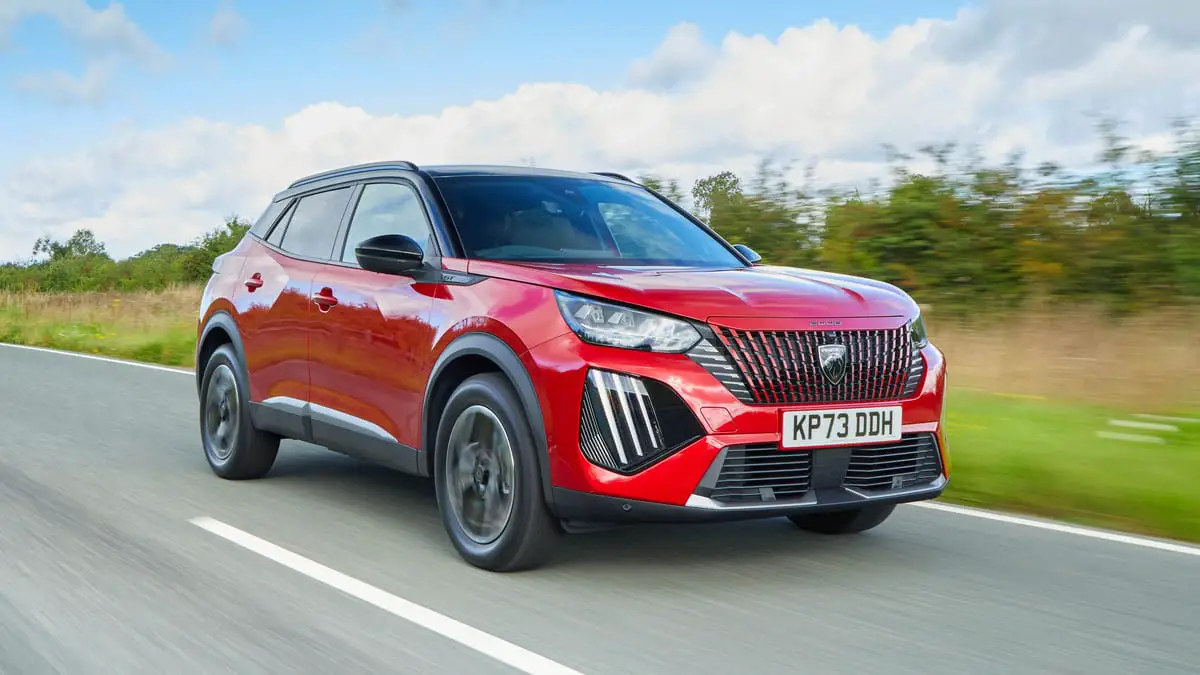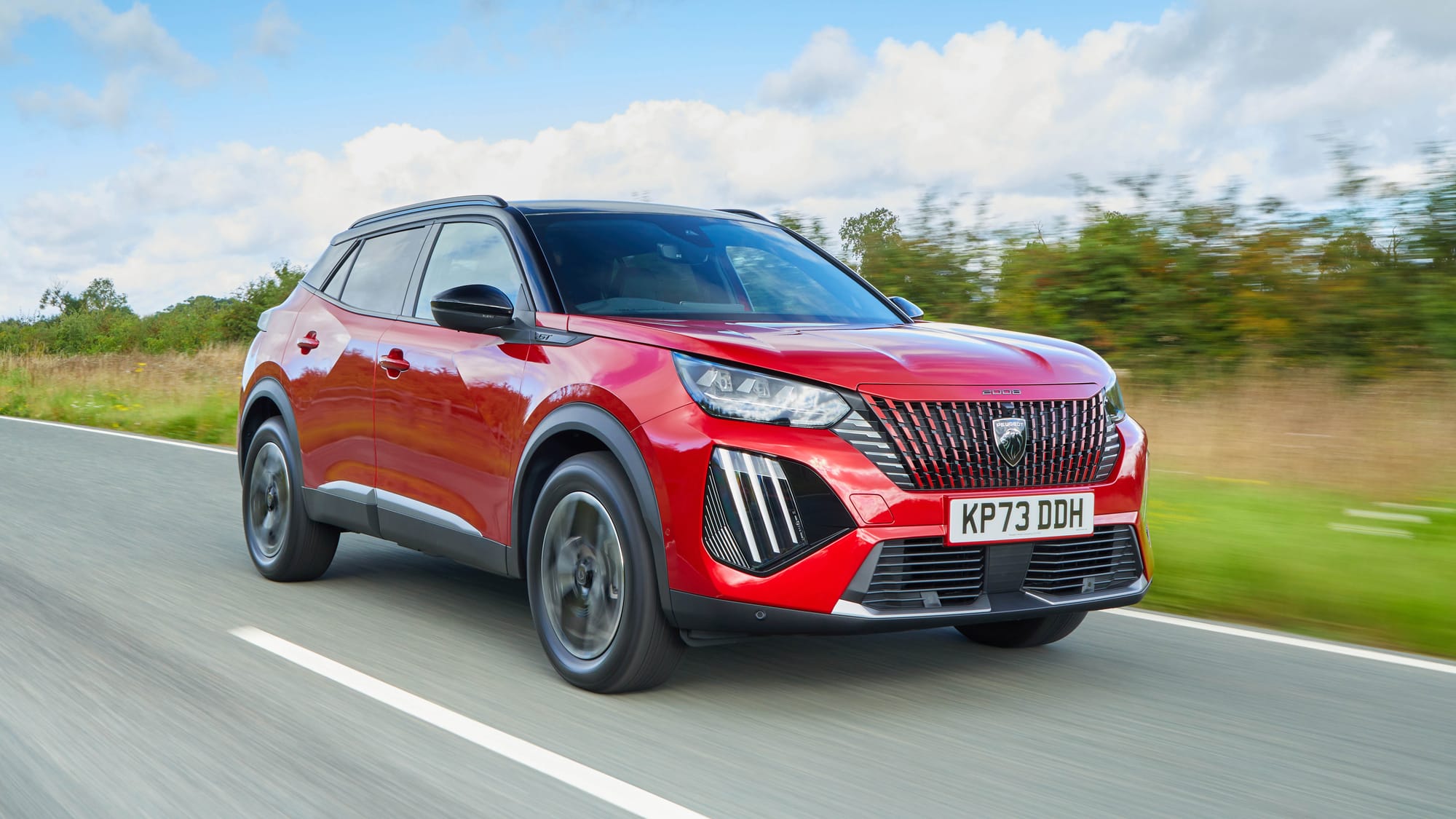Can Electric Vehicles Keep Africa Moving?
Electric vehicles (EVs) have become central to the global conversation on reducing greenhouse gas emissions and slowing climate change.


Electric vehicles (EVs) have become central to the global conversation on reducing greenhouse gas emissions and slowing climate change.
With the world increasingly moving away from fossil fuels, EVs are viewed as a sustainable alternative to internal combustion engines.
While EV adoption is gaining traction in regions like North America, Europe, and Asia, the African continent faces a unique set of challenges and opportunities regarding electric mobility.
Can EVs keep Africa moving and provide a viable solution to the continent's transportation challenges? This article explores the potential and the hurdles that EVs face across Africa.
The Case for Electric Vehicles in Africa
Africa’s cities are expanding rapidly, leading to significant urbanization. Alongside this growth, an increase in fossil-fuel-powered vehicles has led to air pollution and a growing carbon footprint.
Electric vehicles offer a cleaner, more environmentally friendly alternative that can help mitigate these issues.
Moreover, with Africa’s abundant renewable resources—particularly in solar and wind—there is a unique opportunity for the continent to harness clean energy for EVs, reducing reliance on imported oil and insulating economies from volatile fuel prices.
Environmental and Health Benefits
Africa’s urban centers, such as Lagos, Nairobi, and Cairo, suffer from some of the highest pollution levels in the world.
With limited air quality controls and growing vehicle populations, the environmental cost of traditional vehicles has become substantial.
EVs emit no tailpipe pollutants, reducing urban air pollution and the prevalence of respiratory diseases associated with high emissions.
Additionally, the transition to EVs aligns with global climate goals and can play a key role in reducing Africa's carbon footprint.
Economic Potential
Beyond environmental benefits, EVs offer economic opportunities, especially when coupled with Africa’s renewable energy potential.
Many parts of Africa receive high levels of sunlight year-round, making solar energy an ideal complement to EV infrastructure.
By investing in solar-powered EV charging stations, African countries could reduce energy costs, create jobs, and become more energy independent.
Challenges to Electric Vehicle Adoption in Africa
Despite the advantages, widespread adoption of EVs in Africa faces several significant challenges that set it apart from other regions.
Infrastructure Deficits
A primary challenge is the lack of adequate infrastructure, including charging networks.
Many African countries struggle to provide reliable electricity to homes and industries, making the development of an EV infrastructure difficult.
Additionally, most of Africa’s roads and transport networks are not optimized for electric mobility, with charging stations still rare outside of a few urban centers.
In rural areas, where EV adoption could have a major impact on mobility, the lack of infrastructure poses an even greater barrier.
High Initial Costs
While EVs can offer long-term savings due to lower fuel and maintenance costs, their upfront purchase price remains prohibitively high for most African consumers.
Additionally, many countries levy high import taxes on vehicles, including EVs, raising costs even further.
With most African nations having limited manufacturing capacity, dependence on imports has led to a high cost barrier, limiting access to EVs for the majority of the population.
Energy Generation and Grid Stability
For EVs to be environmentally beneficial, the electricity used to charge them must come from renewable sources.
However, many African nations still rely heavily on fossil fuels for power generation.
Moreover, the grids in many countries are already overburdened and prone to outages, particularly in places where demand is growing rapidly.
For electric vehicles to be a viable option, African nations must invest in renewable energy production and work to make their electrical grids more reliable and resilient.
Limited Government Policies and Incentives
Compared to other regions, African governments have been slower to adopt policies and incentives for electric vehicle adoption.
In markets like the U.S. and Europe, subsidies, tax breaks, and other incentives have made EVs more accessible.
However, such policies are rare in Africa, and only a few nations, such as Rwanda, South Africa, and Kenya, are starting to introduce incentives for EV infrastructure development and adoption.
Innovations and Success Stories
Despite the challenges, several African countries and companies are already taking steps to make EVs a reality on the continent.
Kenya’s Electric Motorcycle Revolution
In Kenya, electric motorcycles are gaining popularity, particularly in cities like Nairobi.
Given the prevalence of motorbikes as a primary mode of transport for small businesses, deliveries, and personal commuting, companies like Opibus and ARC Ride are seizing the opportunity by producing affordable electric motorcycles.
These bikes are easier and cheaper to charge than larger EVs, and their adoption could significantly reduce emissions in urban areas.
Solar-Powered EV Charging Stations
One innovative solution to Africa's unreliable electricity supply is solar-powered charging stations.
For example, South Africa and Rwanda are piloting solar EV charging projects, leveraging the continent’s abundant sunshine.
Solar charging stations not only provide a renewable source of energy for EVs but also lessen dependence on the electrical grid, helping address energy supply issues and improving the sustainability of EVs in Africa.
Rwanda's Policy-Driven Approach
Rwanda has been a leader in promoting e-mobility through comprehensive policies.
By lowering import duties on electric vehicles, providing tax incentives, and investing in public charging infrastructure, Rwanda is positioning itself as an electric mobility hub in Africa.
The government’s approach to incentivizing EVs and building the necessary infrastructure can serve as a model for other African countries aiming to increase EV adoption.
South Africa’s Local Production Efforts
South Africa is exploring local production of EVs to help drive down costs and make EVs more accessible to the local market.
Automakers like BMW and Nissan are pushing for local production, which, if successful, could make EVs more affordable and available.
Furthermore, South Africa has the continent’s most extensive EV charging network, although it still pales compared to other parts of the world.
The Road Ahead: Opportunities for EV Adoption
The transition to electric vehicles across Africa will require a collective effort from governments, private companies, and international organizations. Here are a few key areas to focus on:
Investment in Renewable Energy and Grid Stability
For electric vehicles to be viable in Africa, investments in renewable energy generation and grid infrastructure are crucial.
By building solar, wind, and geothermal energy capacity, African nations can reduce their reliance on fossil fuels and create a cleaner energy source for EVs.
Policies and Incentives
Governments need to develop policies and incentives that encourage EV adoption.
These could include tax breaks for EVs, subsidies for local manufacturing, and investments in public charging infrastructure.
Such incentives would make EVs more accessible to consumers and accelerate the development of an EV-friendly infrastructure.
Focus on Two- and Three-Wheel EVs
Since two- and three-wheeled vehicles like motorcycles and tuk-tuks are already widely used across Africa, prioritizing the electrification of these vehicles could be an effective strategy.
They require less infrastructure, are more affordable than cars, and have lower energy demands, making them an ideal entry point for electric mobility in Africa.
International Partnerships and Investments
Global collaboration will also be critical to overcome Africa’s EV challenges.
International organizations, non-governmental organizations, and private companies can play a role in providing the necessary funding, technology, and expertise to help African nations develop EV infrastructure.
Partnerships with countries that have advanced EV industries could provide Africa with access to knowledge and technologies that could make the transition smoother.
Conclusion: Can EVs Keep Africa Moving?
The potential for electric vehicles to transform Africa’s transportation sector is enormous, but significant hurdles remain.
Infrastructure gaps, high costs, grid instability, and limited government policies all challenge the continent’s EV adoption.
Nevertheless, with growing awareness, emerging local innovations, and targeted government policies, Africa can carve out a path to sustainable mobility.
For electric vehicles to truly keep Africa moving, the continent must focus on addressing its infrastructure, policy, and economic challenges while capitalizing on its vast renewable energy potential.
With the right investments and innovations, Africa could not only participate in the global EV revolution but also shape a unique, sustainable model of electric mobility tailored to its people and resources.
The journey may be long, but the road to a cleaner, greener Africa is now more visible than ever.




